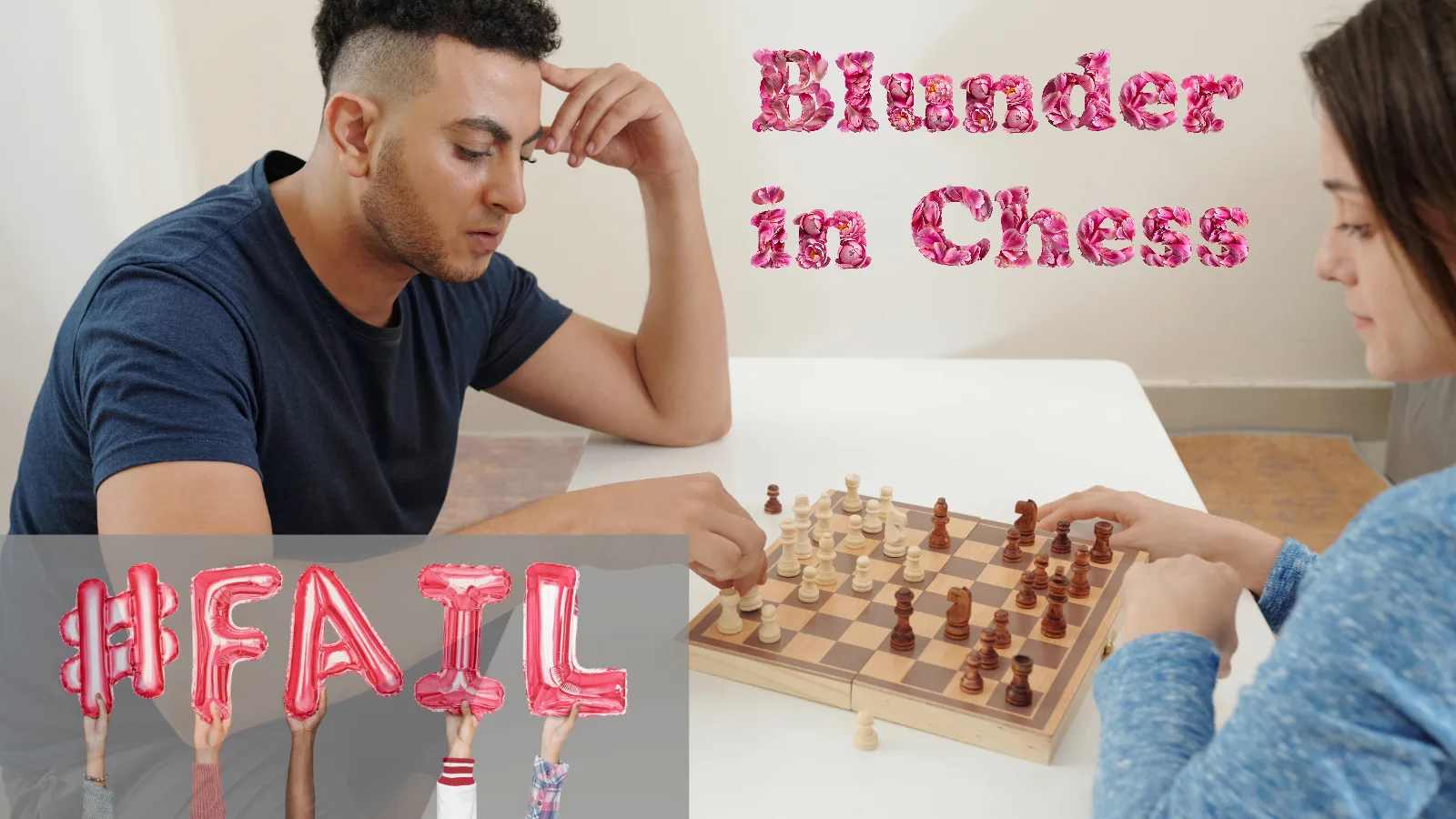Chess is the ultimate test of strategy and patience, but even the best players aren’t immune to the occasional oops moment. Enter the blunder: the move that makes you question everything, from your opening prep to why you even sat down at the board.
Blunders are chess’s way of reminding us that perfection is a myth—and that we probably should have double-checked that knight fork before hitting the clock.
What Exactly Is a Blunder?
In chess terms, a blunder is a catastrophic mistake that drastically worsens your position. It’s not just a bad move—it’s the worst possible move. Think of it as the chess equivalent of accidentally sending an email to the wrong person… but the email also contains your deepest secrets.
The Classic Blunder: Freebies for Your Opponent
The easiest way to blunder? Just hang a piece. Your queen? Gone. Your rook? Gifted. Your bishop? Well, at least it’s on the house.
Example: You happily place your knight on e5, thinking, What a great outpost! But oh no—you forgot about the enemy bishop lurking on c7. Now your opponent gets a free knight, and you get a free lesson in humility.
Tactical Blunders: Walking Into Traps
Tactical blunders are like stepping on a rake—it hurts immediately. You overlook a check, a fork, or a discovered attack, and suddenly your opponent is smiling like they just won the lottery.
Example: You’re playing White, and Black pins your knight with their bishop. You shrug it off and move the knight. Surprise! Your opponent snatches the queen and claims your resignation slip.
Strategic Blunders: Death by a Thousand Cuts
These blunders don’t hurt right away, but give them a few moves and they’ll unravel your position like a cheap sweater. Maybe you move your rook to a passive square or neglect your pawn structure. It doesn’t feel like a big deal… until it does. For example, Black is winning in this game because the last move of White is Nh5, falling into a trap.
Why Do Blunders Happen?
Blunders don’t discriminate—they happen to beginners, grandmasters, and everyone in between. Here’s why:
- Overconfidence: Thinking, I’ve got this, just before you don’t.
- Time Pressure: Scrambling on the clock can make even Magnus Carlsen missmate-in-one.
- Tunnel Vision: Focusing on your brilliant attack while ignoring your opponent’s counterplay.
- Fatigue: Late-night chess is romantic until your brain decides to take a nap mid-game.
The Most Famous Blunder in Chess History
Even legends aren’t immune to epic slip-ups. This one was a classic:
How to Avoid Blunders
While you can’t eliminate blunders entirely, you can reduce them with these tips:
- Check for Tactics: Before making a move, scan for forks, pins, and discovered attacks.
- Think About Your Opponent’s Plan: What do they want to do? Can you stop it?
- Stay Calm Under Pressure: Deep breaths. You’re not defusing a bomb—just playing chess.
- Blunder-Check Before You Move: Pause, double-check, then click the clock.
Final Thoughts
Blunders are part of the game. They sting, sure, but they’re also how we learn and grow as players. So the next time you hang your queen or walk into a fork, don’t beat yourself up. Laugh it off, learn from it, and remember: even the greatest players have been there.
I’m the senior editor of Attacking Chess, a keen chess player, rated above 2200 in chess.com.

